Treatment Options
Selecting the appropriate cancer treatment can be a challenging and complex decision. It involves not only the patient but also their family, caregivers, and medical providers. Additionally, the potential side effects and their management add another layer of complexity to the decision-making process. Broadly, cancer treatments can be categorized into two main types: clinically proven treatments and traditional therapies.
Clinically
Proven
Treatments
"Clinically proven" refers to the formal endorsement or authorization given to medical treatments, drugs, devices, and procedures by regulatory agencies after comprehensive evaluation of their safety, efficacy, and quality. This approval process ensures that the medical products available to the public have been rigorously tested and meet specific standards before they can be used in clinical practice.
Important: This section is created through thorough secondary research and some parts included writer’s
personal experience. Your medical care provider should be the source of truth; check everything that you read here with them.
Chemotherapy
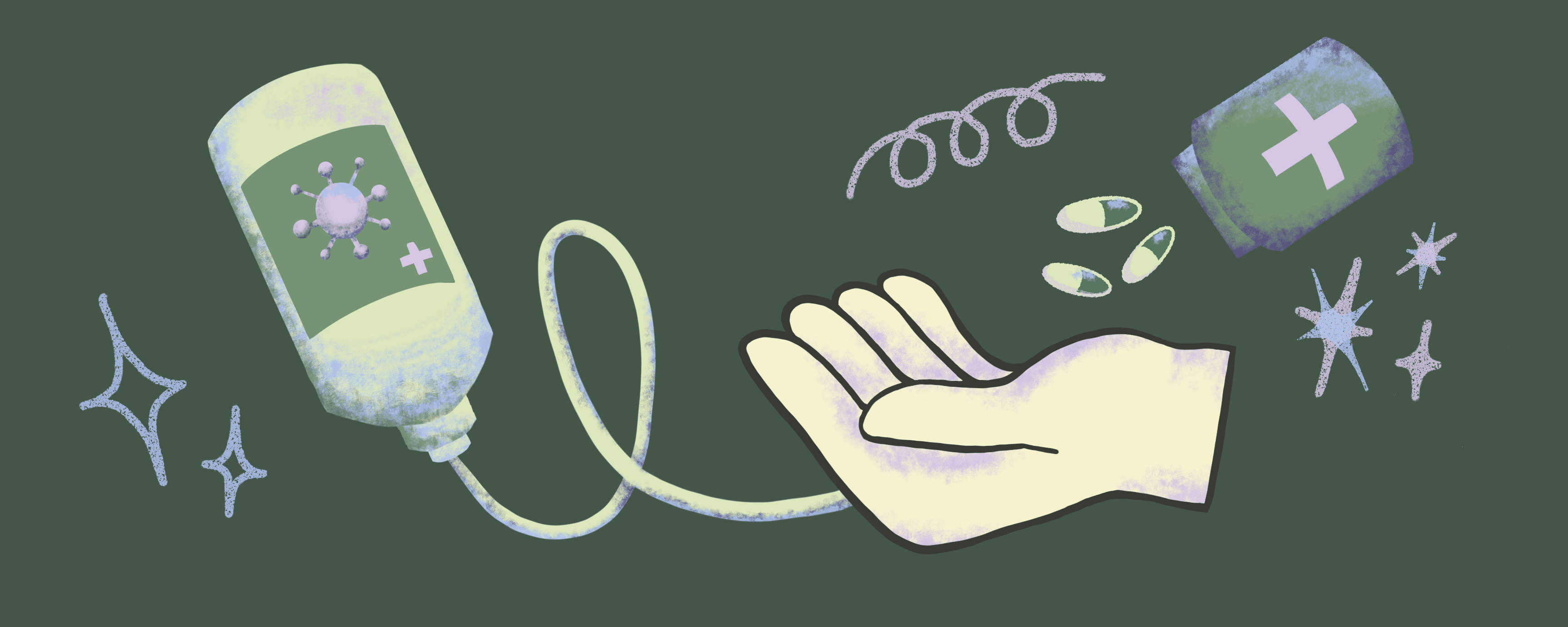
What is Chemotherapy?
The experience of Chemotherapy
Immunotheraphy
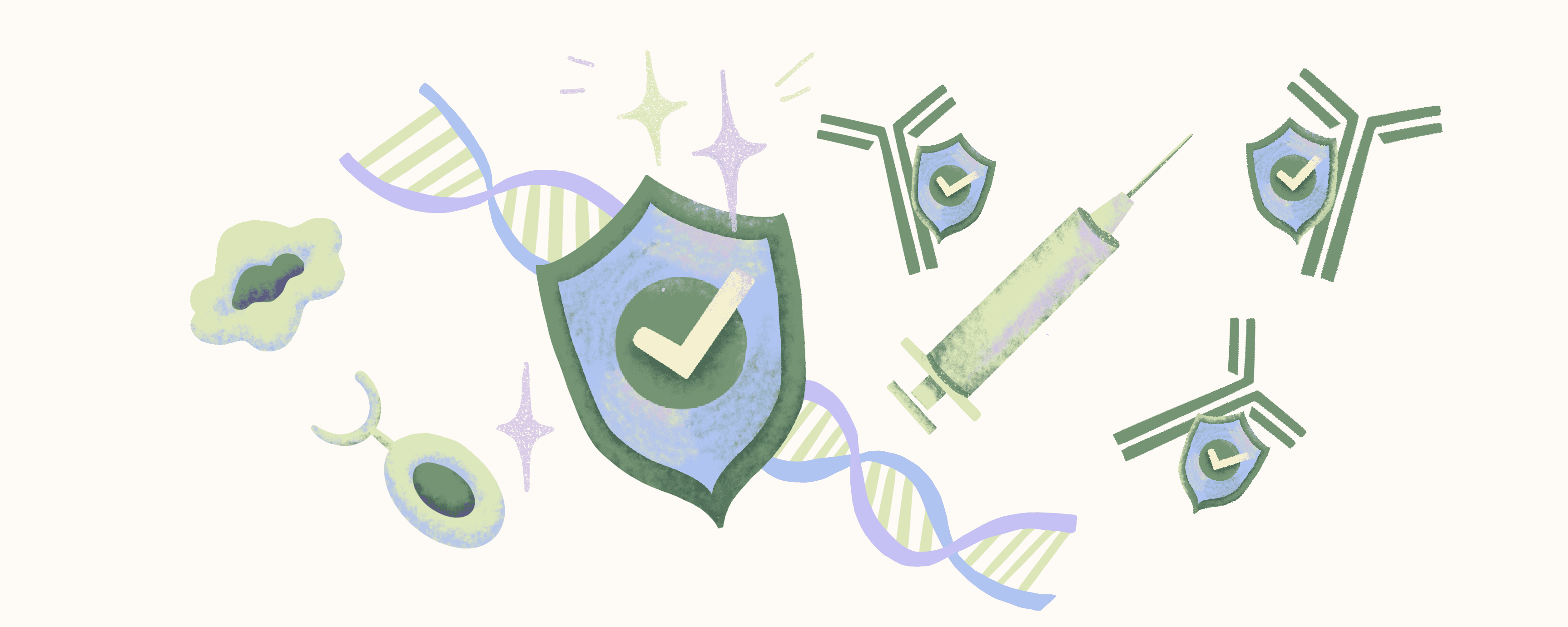
What is Immunotherapy?
The experience of Immunotherapy
Targeted Therapy
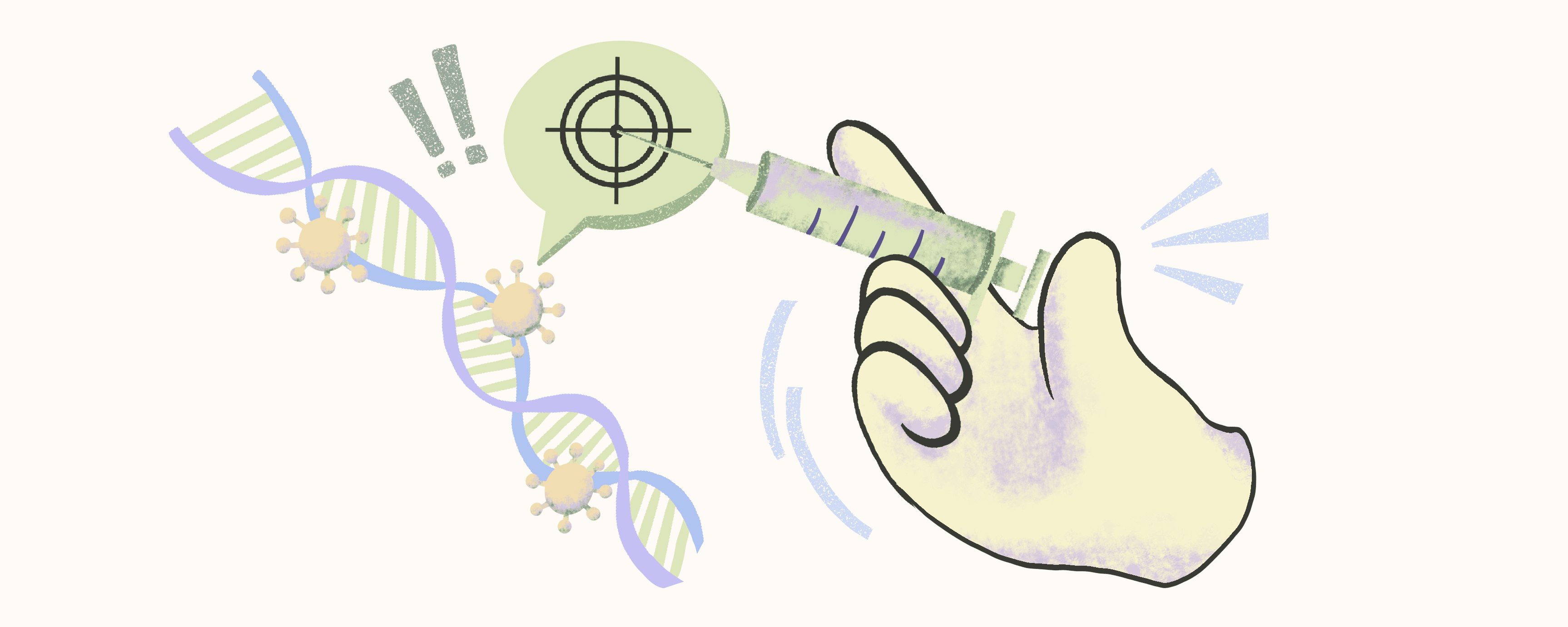
What is Targeted Therapy?
The experience of Targeted Therapy
Surgery
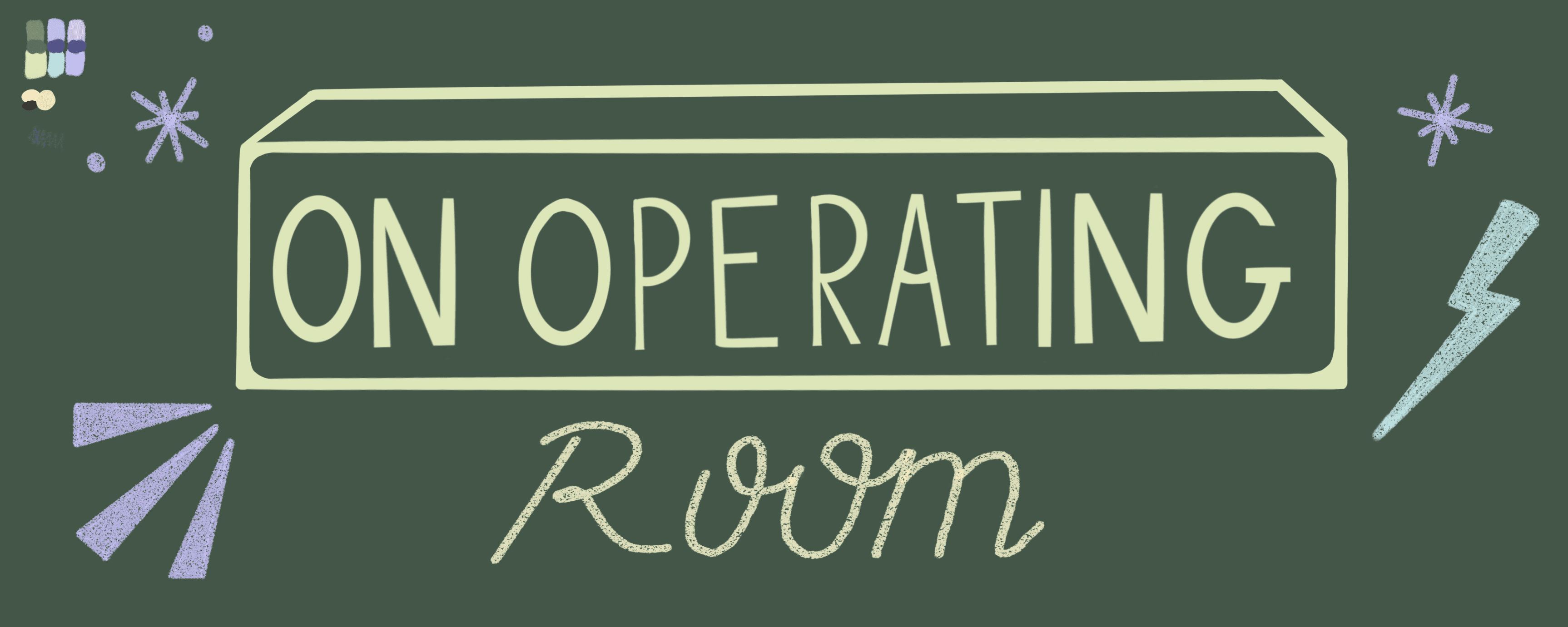
What is Surgery?
The experience of Surgery
Radiation Therapy
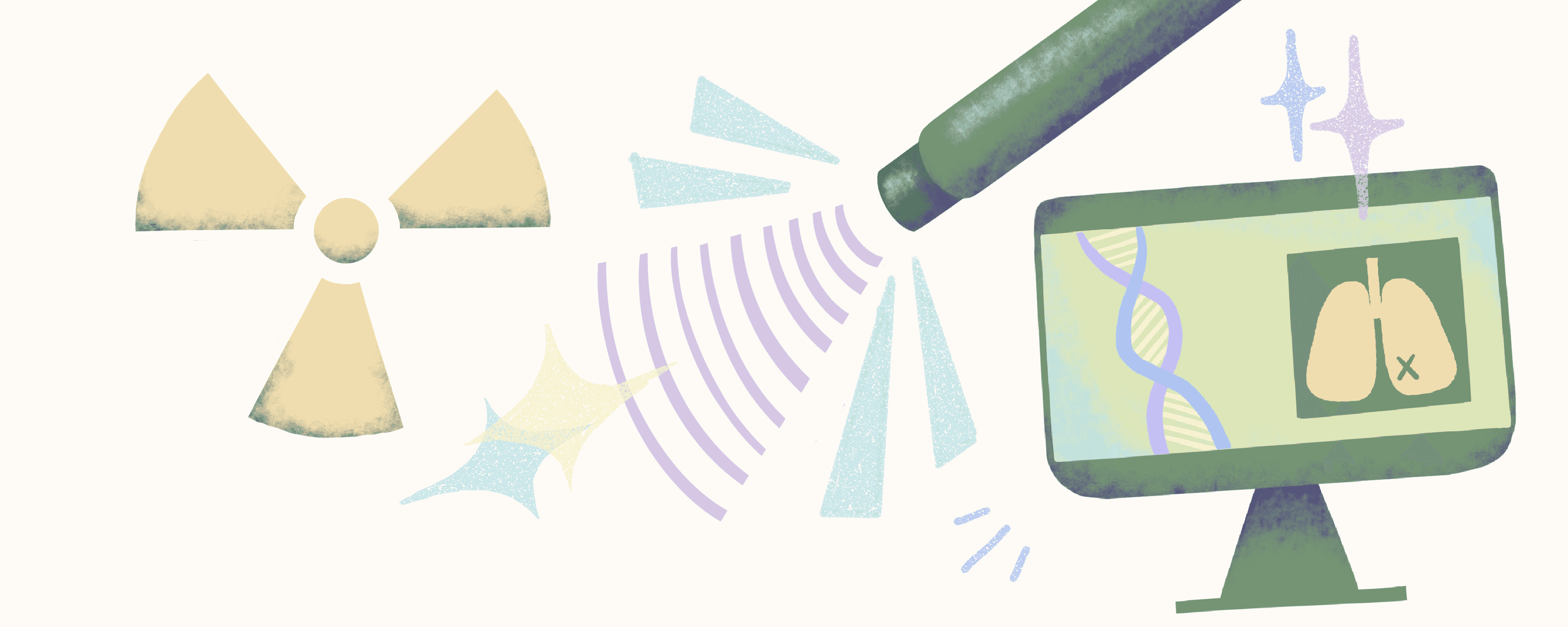
What is Radiation Therapy?
The experience of Radiation Therapy
Managing side effects
Many people are scared to start cancer treatment because of the side effects. While these side effects can be uncomfortable, the good news is that most of them can be managed! This guidebook, put together by National Cancer Centre Singapore, shows how to manage treatment side effects through your diet. It has really helped me alleviate some of my own side effects, and I think you'll find it helpful too!
Traditional
Therapies
Traditional therapies often encompass alternative and complementary treatments that may not have undergone scientific scrutiny but are used by some patients to manage symptoms and improve quality of life.
Important: This section is created through thorough secondary research and some parts included writer’s
personal experience. Your medical care provider should be the source of truth; check everything that you read here with them.
What are the available traditional therapies out there?
Honestly, it’s hard to say exactly how many traditional therapies are out there because they’re often not well-documented. These treatments are usually passed down from generation to generation or shared through word of mouth by friends. But, I can share a few traditional therapies I came across during my treatment:
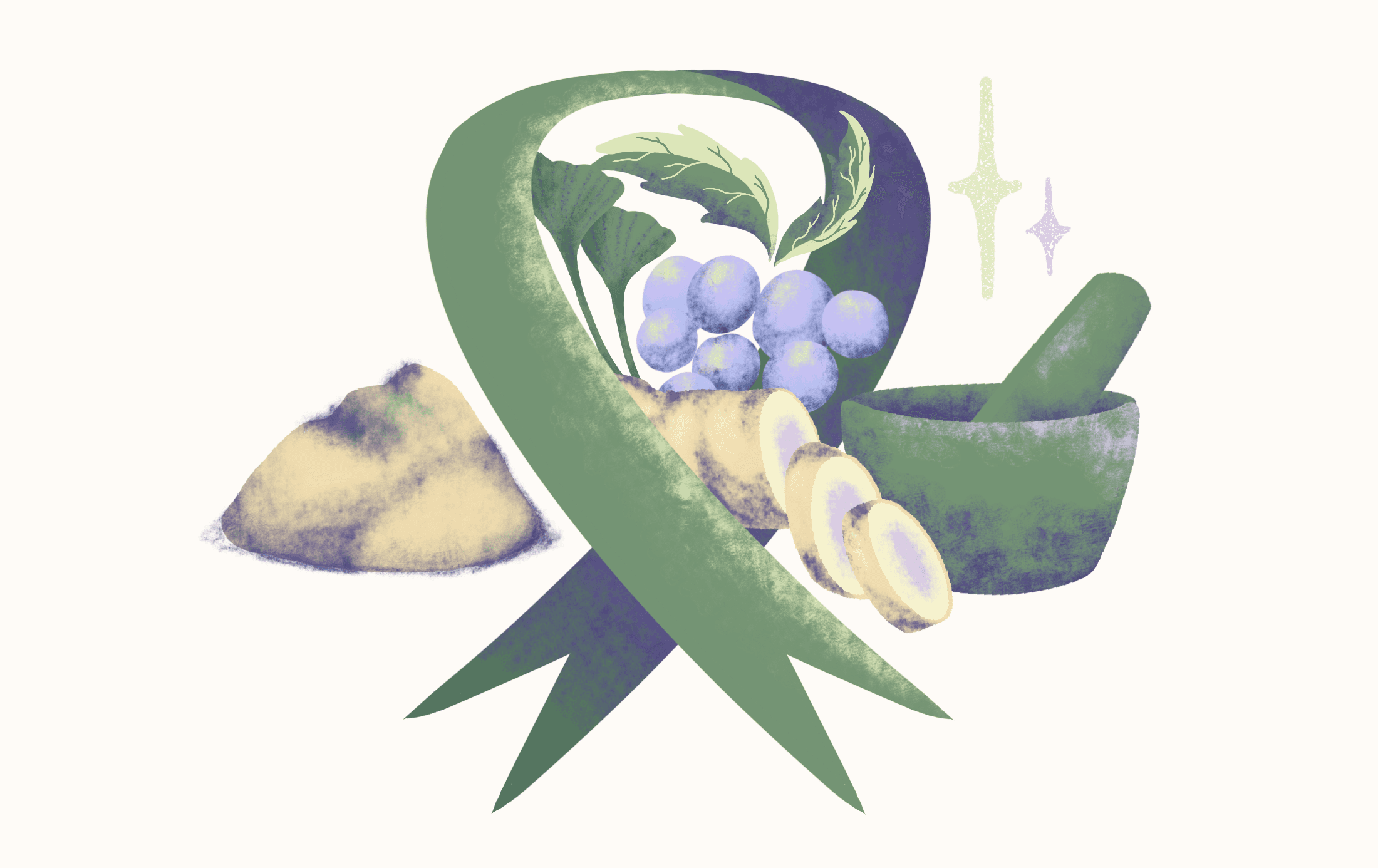
Herbal Remedies
Using plants and herbs to help with symptoms and promote healing.
Example: Bajakah Wood
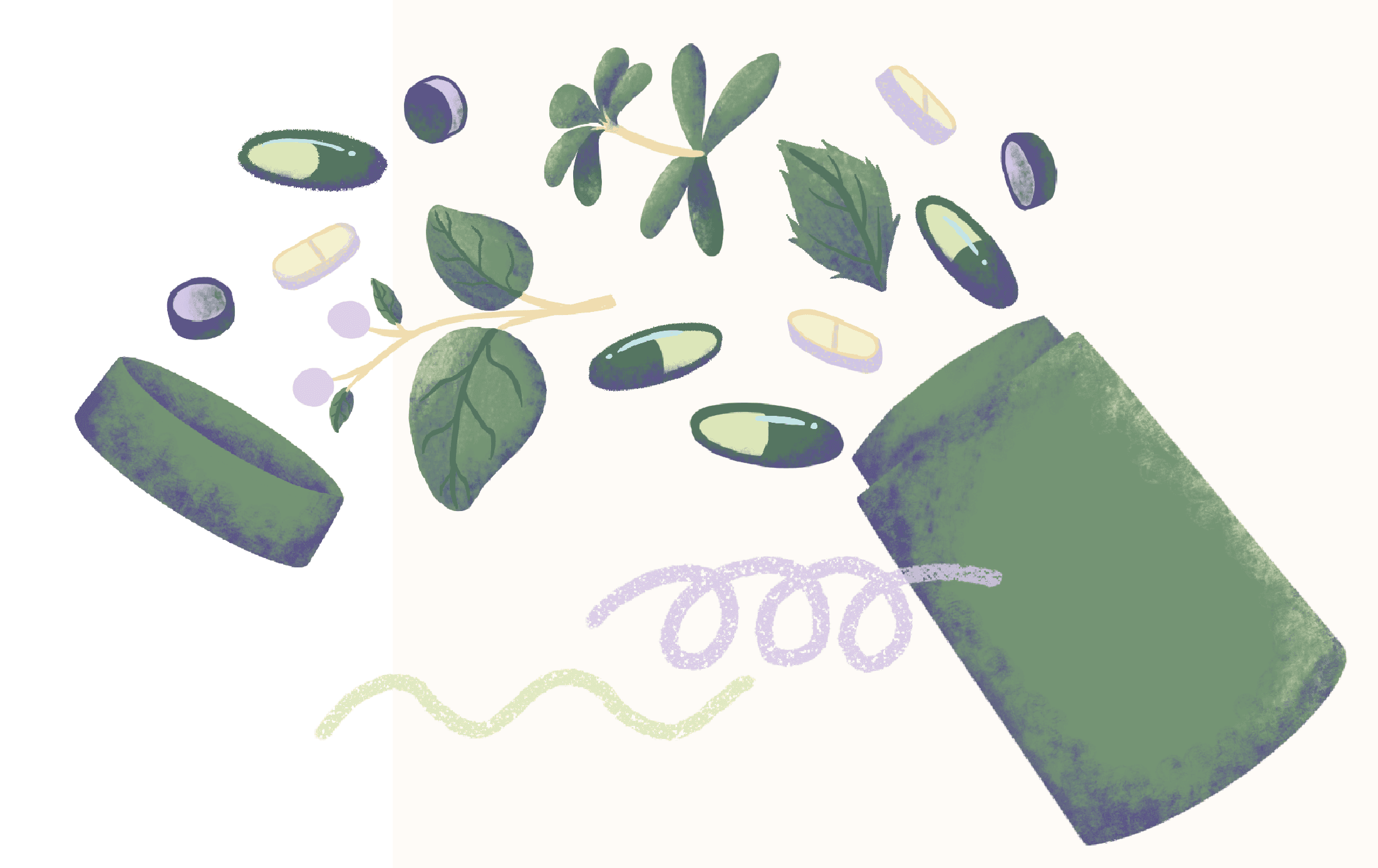
Dietary Supplements
Taking vitamins, minerals, and other supplements to support overall health.
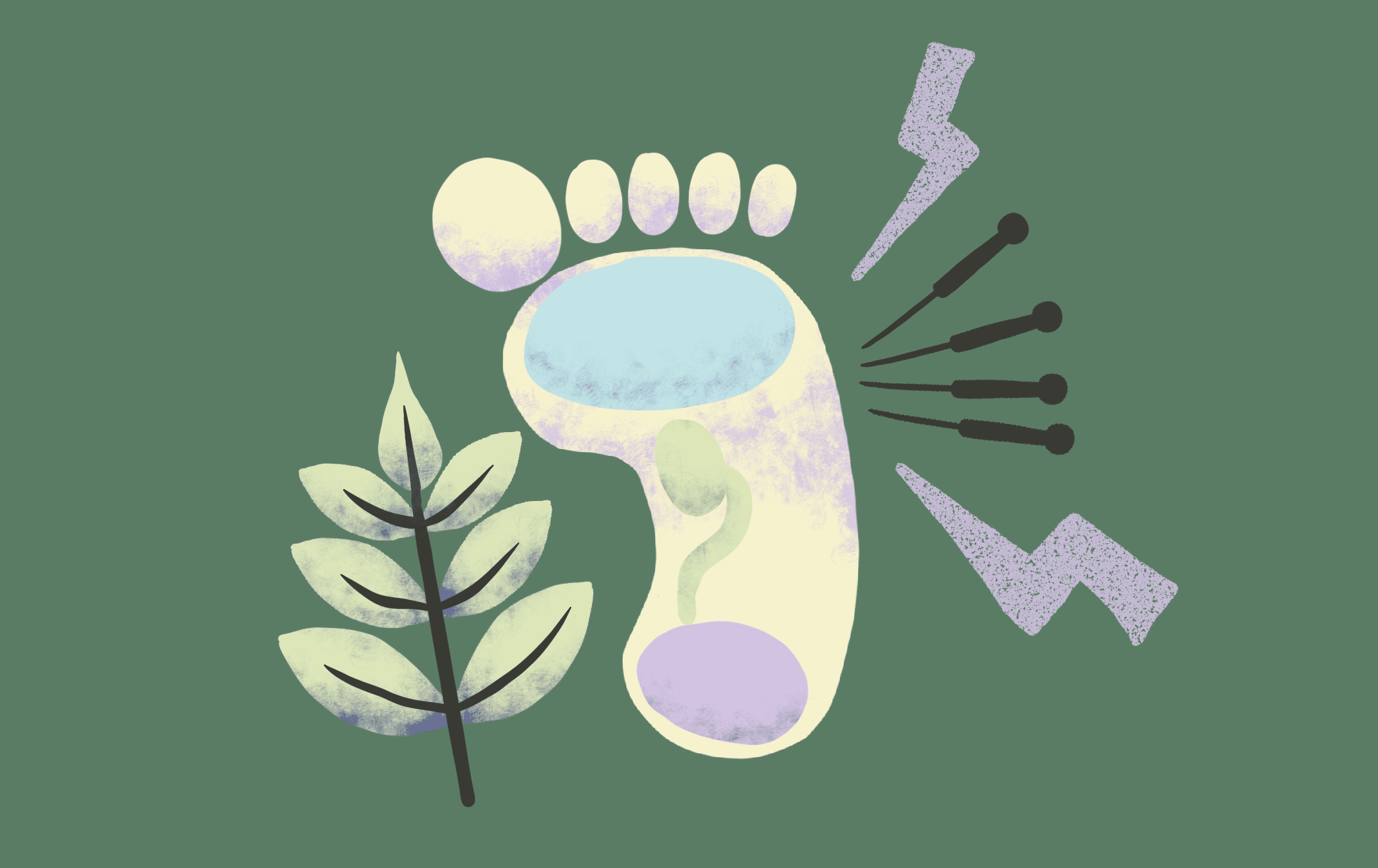
Massage Therapies
Using hands to manipulate soft tissues to reduce stress, pain, and muscle tension.
Which treatment should I choose?
When the doctor has given you the diagnosis, he/she will also come up with the treatment plan; most of the time it’s going to be the clinically proven treatment options. But what if you prefer traditional methods instead?
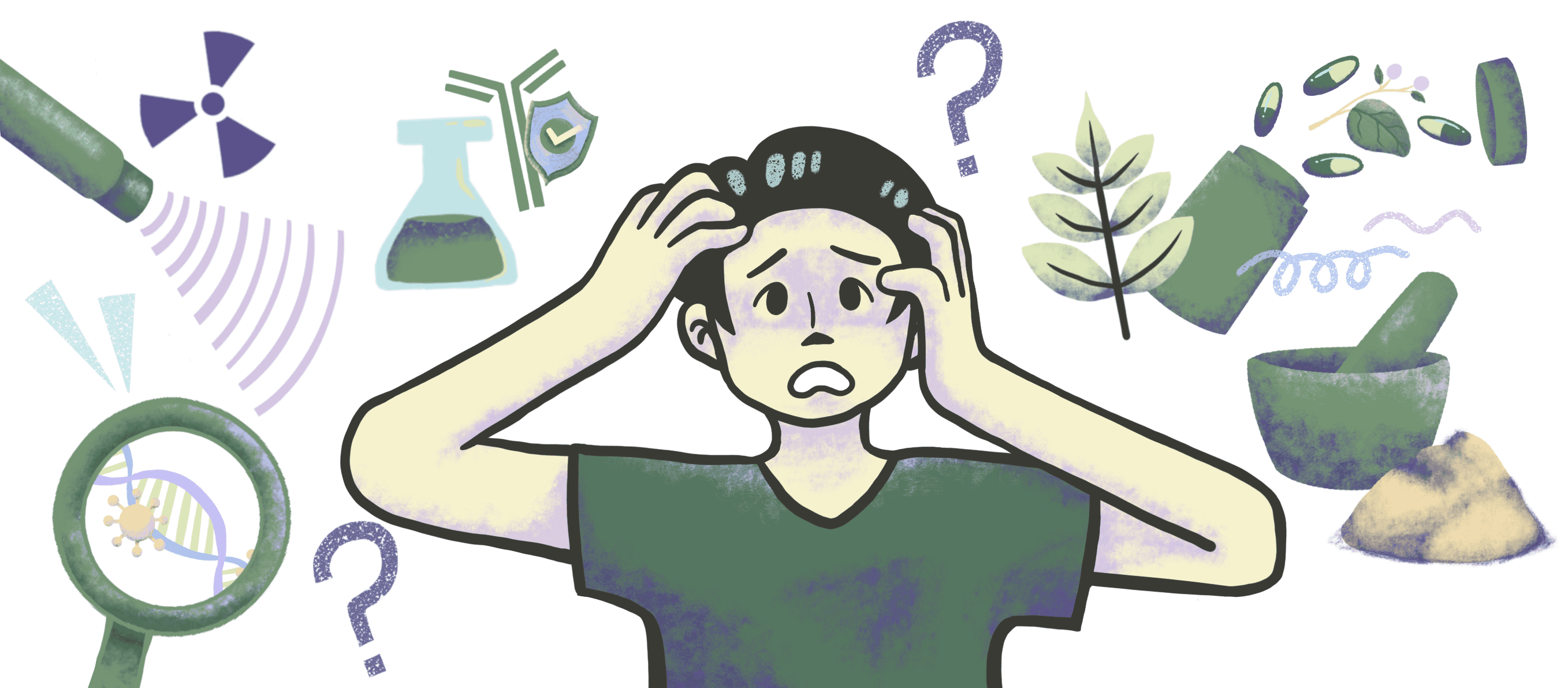
There's no one-size-fits-all answer to this because it depends on your comfort level, your family's preferences, and your available funds. Personally, I believe that each person is responsible for their own life, so I think the patient should have the ultimate right to choose their treatment plan (if they are able to decide) and are aware of all the potential benefits and risks.
Source



